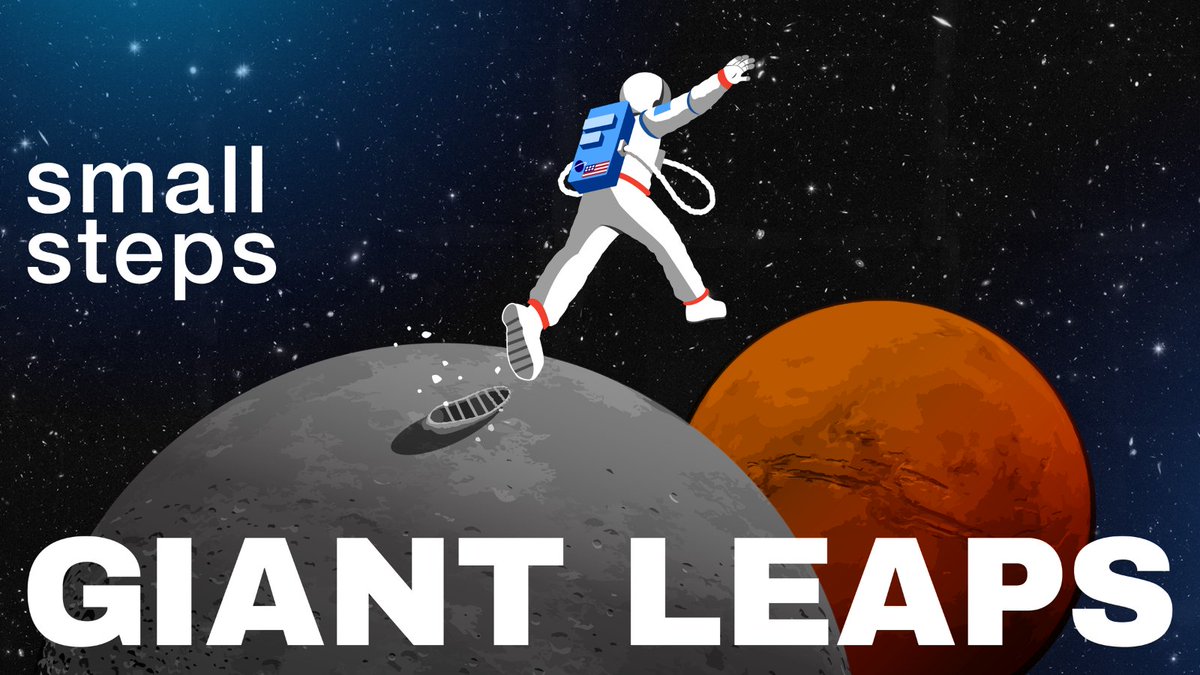
Our universe is speckled with stars, with billions just in our galaxy. Some stars live alone or in twos or threes, but others are bound together by gravity into much larger communities. In honor of @NASAHubble’s exploration of #StarrySights, let’s talk about star clusters! 🧵 1/6 

Star clusters are divided into a few different types, based on how many stars are in a cluster and how tightly they’re bound by gravity. Stars in clusters typically have a shared origin, and they can live very close together or can be spread out over hundreds of light-years. 2/6 

Globular clusters are stellar "dinosaurs" scattered throughout the universe, containing some of the oldest stars in the universe. These clusters can contain anywhere from tens of thousands to millions of stars, packed tightly together in a dense clump. 3/6 

Open clusters have fewer members, usually a few hundred stars or less. Most open clusters are much younger than globular clusters, and they’re also much less dense and less tightly bound than globular clusters. 4/6 

Scientists are interested in how star clusters form and evolve. Some disperse and spread out over time, while others remain tightly bound together by gravity. The different types of stars in clusters also have various life spans, so they change and die off as a cluster ages. 5/6 

Many different @NASA observatories study star clusters using different types of light. Alongside @NASAHubble, we’ll be highlighting how some of our other telescopes help us learn about these stellar communities! 6/6 

• • •
Missing some Tweet in this thread? You can try to
force a refresh










